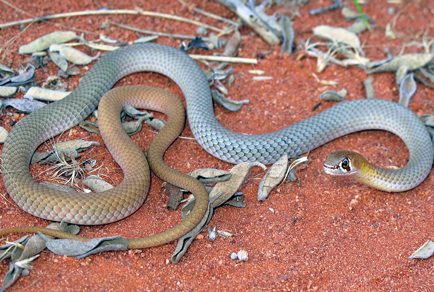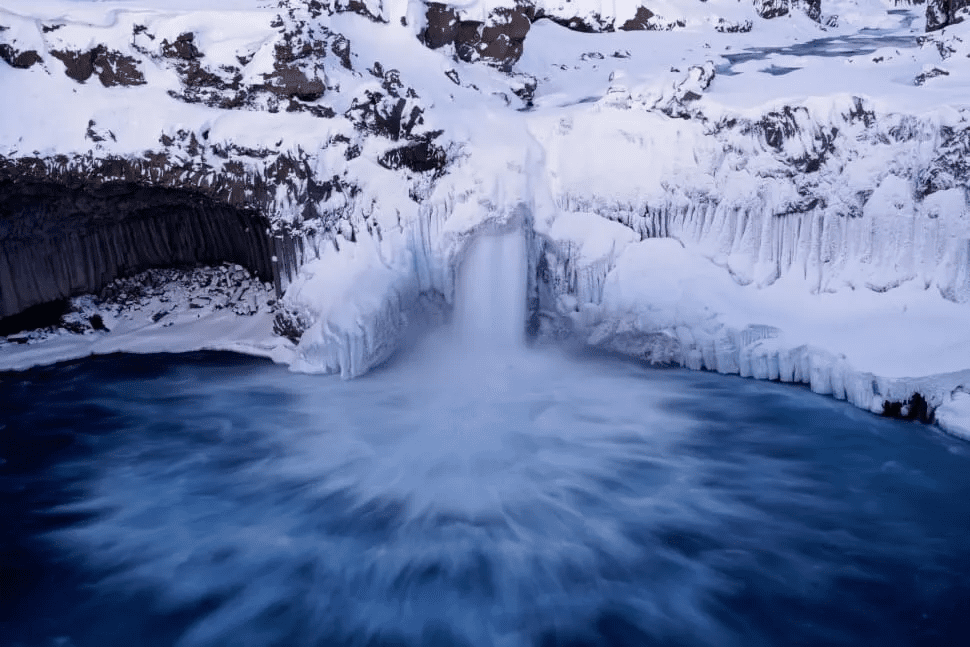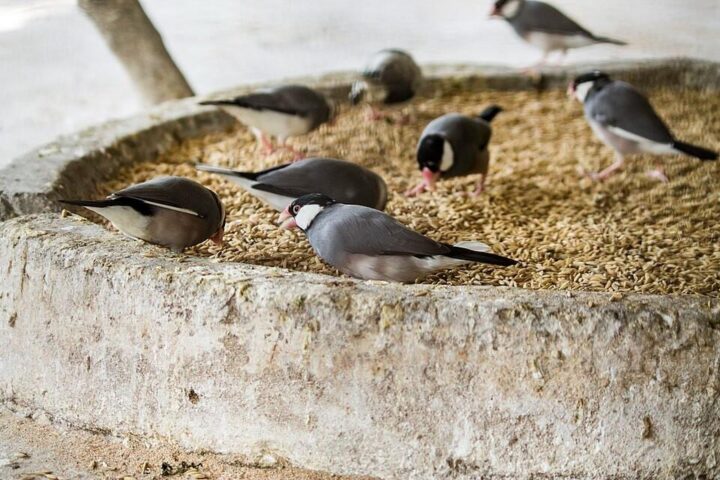In a paradigm-shifting discovery, a team of Australian researchers led by University of Adelaide’s geneticist James Nankivell, have unveiled a new venomous species, the desert whip snake (Demansia Cyanochasma). This elusive creature, previously cloaked in misidentification for decades, now claims its rightful position in the rich tapestry of biodiversity. This groundbreaking identification has not just expanded our understanding of nature’s diversity, but it also underscores the critical importance of genetic research in taxonomy.
Hidden in plain sight, the desert whip snake bears a striking resemblance to other whip snake species such as the yellow-faced whip snake from eastern Australia and the reticulated whip snake from Western Australia. Sporting a slender figure, reaching up to 70-89 cm in length, and flaunting a fascinating palette of bluish-grey and copper hues, this deceptive doppelganger successfully evaded scientific recognition for years. Unraveling the intricate genomic blueprint of these snakes was crucial in demarcating this distinctive species.
The desert whip snake makes its home in the harsh yet pristine desert areas of Central Australia, the eastern parts of the Northern Territory, and Western Australia. Their widespread presence in these locales adds a layer of complexity to the fauna surveys, which collected samples that ultimately led to the identification of this distinct species. It’s a testament to the genetic detective work conducted within the museum walls, aligning genetic evidence with physical specimens.
This snake exhibits a predatory preference for small, nimble desert lizards. Its venom, although potent enough to incapacitate its prey, is not considered a significant threat to humans. A bite from this serpent, while inflicting pain and swelling, has no known records of leading to severe medical complications.
The whip snake’s diurnal lifestyle and large eyes serve it well in its active hunting endeavours. Displaying a unique pursuit strategy, it is a dynamic predator that exhibits a fascinating facet of the ecological balance in its arid abode. Despite the discovery of its venomous nature, it’s a relatively low-risk species for human encounters, discouraging handling due to its defensive biting reflex.
Similar Post
The discovery of the desert whip snake has reinforced the importance of ongoing scientific explorations, pushing the boundaries of our understanding of biodiversity. It is a stark reminder that our earth is still filled with enigmatic life forms waiting to be discovered. Furthermore, it serves to highlight the vast potential and importance of genetic research in identifying and distinguishing new species.
The desert whip snake’s discovery offers an insightful glimpse into the mysteries of the natural world and the power of scientific inquiry. It underscores the critical role that careful, detailed research plays in unearthing these wonders and broadening our knowledge of the natural world. As we continue to peel back the layers of biodiversity on our planet, who knows what other intriguing species await discovery in the vast expanses of the Australian deserts and beyond.

















![A male [[Great white shark]] off [[Isla Guadalupe]], [[Mexico]]. Along with many [[Mackerel scad|Mackarel scads]] seen in the background. Photo Source- Terry Goss (CC BY-SA 3.0)](https://www.karmactive.com/wp-content/uploads/2025/06/White_shark-720x480.jpg)
